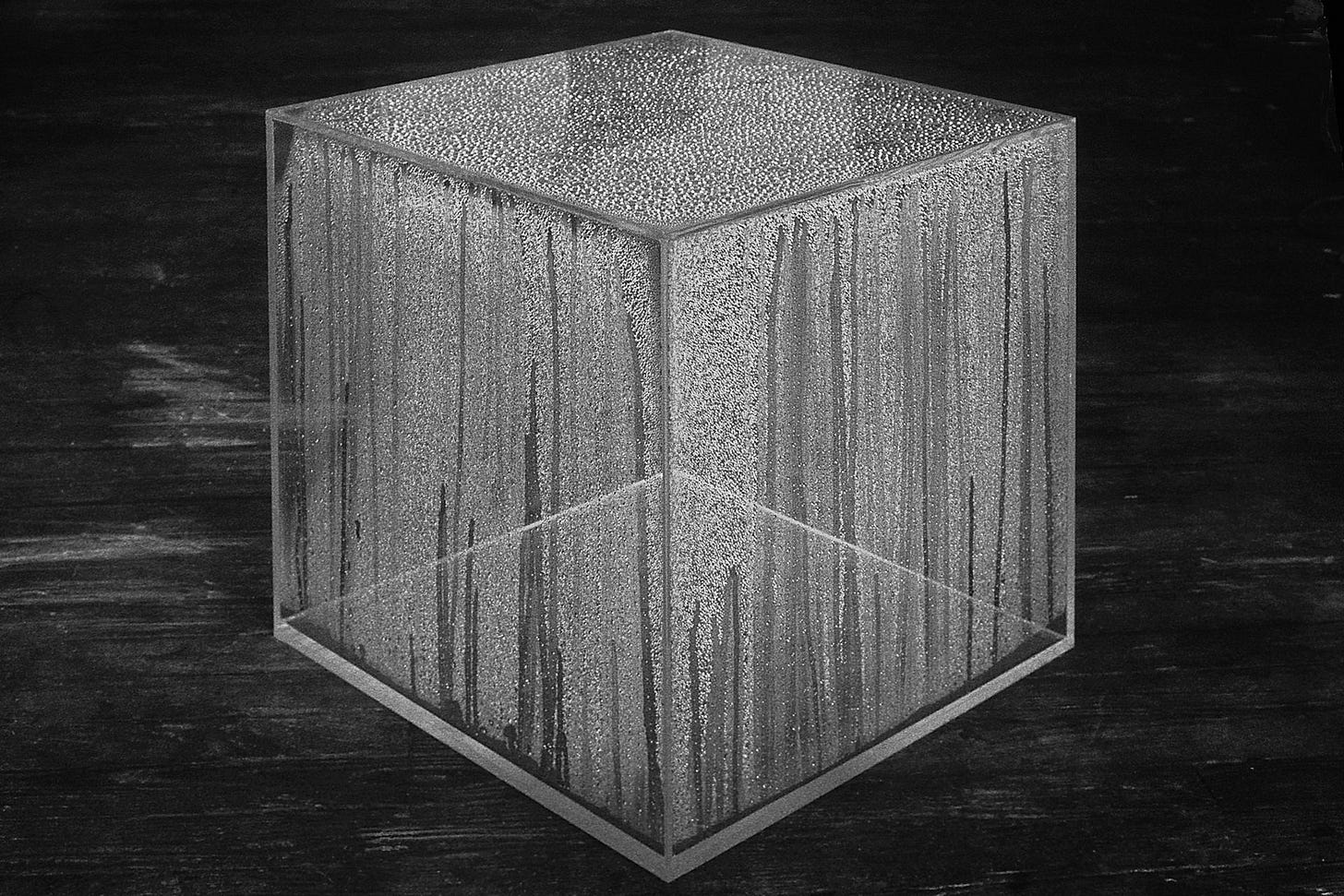This is a post from Inscripta+, our $5/month paid tier
This side of Inscripta will host more structured, operational guides and longer, more in-depth pieces, expanding on some of what we usually cover, as well as the occasional look behind the curtain. The free tier isn’t going anywhere, but if you’d enjoy more extended essays or tactical frameworks like this one to use in your own creative work, this is where you’ll find them.
To unlock everything, you’ll need to upgrade your current subscription. Paid subscribers get access to all posts behind the paywall, and other members-only material.
That said, we never want money to be the reason that anyone is left out of the conversation. If you’re unable to afford a subscription, email hello@tabularasarecords.com with the subject line “Substack.” You’ll need to already be subscribed to the free tier, but if you are, we’ll upgrade you. No questions asked.
Prologue: Against Accidental Culture (sort of)
Culture has become an interesting concept in our current context. It still of course retains its core meaning of that which we inherit, but it also now refers to a very thin film of references and content, with a vanishingly thin thread of connection to what was inherited. And content is everywhere. It’s blurred, recycled and optimized to death. The average “creative practice” today functions like a sort of open wound: raw, reactive, and endlessly scabbing over. We romanticize the fragment, we fetishize spontaneity and we try and name loose, unbounded energetic concepts, and hope no one asks what it’s for or why it was chosen.
The result of this is a landscape where intuition has become strategy and strategy has become almost nothing. Where content performs originality while eroding its conditions of possibility and the perpetual churn of unbounded content is disfiguring. The stakes are symbolic, yes, but they’re also spiritual. We’re not only losing narrative structure, but we’re losing the sense that culture might still have inner, deeper necessity and utility.
Don’t get me wrong here, instinct matters a lot. Inspiration matters a lot. But structure is important too. Without it, following your muse becomes an alibi for bypassing the work of coherence. We chase novelty without lineage, remix without reference, and think that posting into the algorithm is a form of research.
Inspiration is sacred because it’s precise, and cultural R&D means treating creativity as a field of inquiry rather than as impulse. Like poetics or philosophy, it needs its own forms of rigor, and structures that don’t constrain expression but deepen it.
Definition: What is Cultural R&D?
Cultural R&D is the intentional, recursive development of symbolic infrastructure. That sounds abstract. So here’s a concrete version: when a scene like vaporwave makes a shared aesthetic out of economic anxiety, or when IDM meme pages evolve into full-blown sensibility labs, that is symbolic infrastructure. Form precedes function. Vibe precedes genre. What’s legible now was incoherent once.
Keep reading with a 7-day free trial
Subscribe to Inscripta to keep reading this post and get 7 days of free access to the full post archives.





